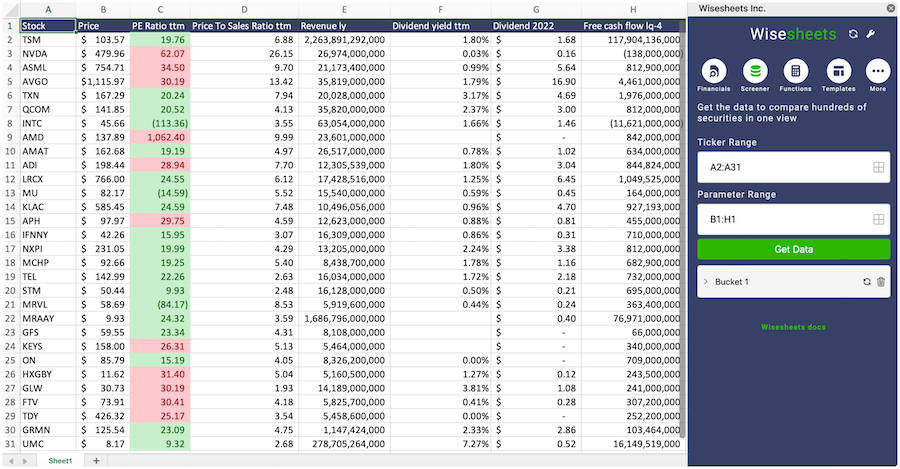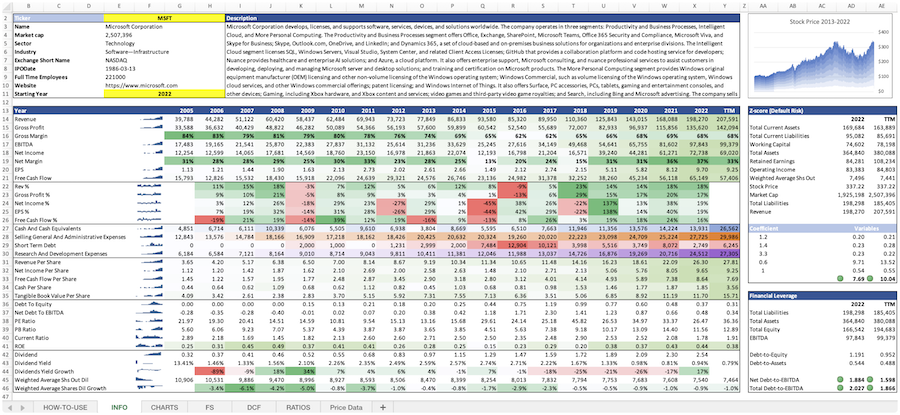Stadler Rail AG
0A0C.L
Stadler Rail AG, through its subsidiaries, engages in the manufacture and sale of trains in Switzerland, Germany, Austria, Western and Eastern Europe, the Americas, the CIS countries, and internationally. It operates through two segments, Rolling Stock; and Service and Components. The company's Rolling Stock segment manufactures high-speed and intercity trains, suburban and regional transport trains, passenger coaches, light rails, trams, and metros locomotives, as well as city transport and tailor-made vehicles. Its Service and Component segment provides modernization and revision, spare parts, vehicle repair, upgrading and overhauling, and maintenance services; and supplies vehicle compone...[Read more]
Industry
Industrial - Capital Goods
IPO Date
2019-04-17
Stock Exchange
LSE
Ticker
0A0C.L
PE Ratio
[15.02]
ROE
[4.31%]
Current Ratio
[1.03]
Dividend Yield
[1.00%]
Enterprise Value
[2.41B]
Dividend History
The Current Ratio as of December 2025 (TTM) for Stadler Rail AG (0A0C.L) is 1.03
According to Stadler Rail AG’s latest financial reports and current stock price. The company's current Current Ratio is 1.03. This represents a change of 0.11% compared to the average of 1.03 of the last 4 quarters.
Stadler Rail AG (0A0C.L) Historical Current Ratio (quarterly & annually)
How has 0A0C.L Current Ratio performed in the past?
The mean historical Current Ratio of Stadler Rail AG over the last ten years is 1.13. The current 1.03 Current Ratio has changed 9.05% with respect to the historical average. Over the past ten years (40 quarters), 0A0C.L's Current Ratio was at its highest in in the December 2019 quarter at 1.21. The Current Ratio was at its lowest in in the January 2016 quarter at 0.
Average
1.13
Median
1.15
Minimum
1.02
Maximum
1.21
Stadler Rail AG (0A0C.L) Current Ratio by Quarter and Year
Discovering the peaks and valleys of Stadler Rail AG Current Ratio, unveiling quarterly and yearly fluctuations to gain insights into the company’s financial performance and market dynamics, offering valuable data for investors and analysts alike.
Maximum Annual Increase = 4.98%
Maximum Annual Current Ratio = 1.21
Minimum Annual Increase = -7.15%
Minimum Annual Current Ratio = 1.02
| Year | Current Ratio | Change |
|---|---|---|
| 2024 | 1.05 | 3.17% |
| 2023 | 1.02 | -5.27% |
| 2022 | 1.07 | -6.73% |
| 2021 | 1.15 | 2.21% |
| 2020 | 1.13 | -7.15% |
| 2019 | 1.21 | 4.98% |
| 2018 | 1.16 | -3.40% |
| 2017 | 1.20 | 1.79% |
Stadler Rail AG (0A0C.L) Average Current Ratio
How has 0A0C.L Current Ratio performed in the past?
The current Current Ratio of Stadler Rail AG (0A0C.L) is less than than its 3-year, less than than its 5-year, and less than than its 10-year historical averages
3-year avg
1.05
5-year avg
1.08
10-year avg
1.13
Stadler Rail AG (0A0C.L) Current Ratio vs. Peers
How is 0A0C.L’s Current Ratio compared to its peers?
Stadler Rail AG’s Current Ratio is less than Burckhardt Compression Holding AG (1.50), less than Interroll Holding AG (4.17), less than Kardex Holding AG (1.69), less than Montana Aerospace AG (2.54), less than Burkhalter Holding AG (1.22), less than Bucher Industries AG (2.36), less than Komax Holding AG (2.78), less than Bystronic AG (2.80), less than Feintool International Holding AG (1.46), less than dormakaba Holding AG (1.46),
| Company | Current Ratio | Market cap |
|---|---|---|
| 1.50 | N/A | |
| 4.17 | N/A | |
| 1.69 | N/A | |
| 2.54 | N/A | |
| 1.22 | N/A | |
| 2.36 | N/A | |
| 2.78 | N/A | |
| 2.80 | N/A | |
| 1.46 | N/A | |
| 1.46 | N/A |
Build a custom stock screener for Stadler Rail AG (0A0C.L) and other stocks
One of the best ways to find valuable stocks to invest in is to build a custom made screener in your Excel or Google Sheets spreadsheet. This allows you to compare thousands of companies like Stadler Rail AG using the financials and key metrics that matter to you in a single view.
The easiest way to set this up is to use the Wisesheets add-on and set your spreadsheet like this:
Covering all these metrics from financial, data, dividend data, key metrics and more you can get all the data you want for over 50+ exchanges worldwide.
Get your free trial here.
Stadler Rail AG (0A0C.L) and other stocks custom spreadsheet templates
The easiest way to analyze a company like Stadler Rail AG or any others is to create a spreadsheet model that automatically retrieves all of the stock data you need.
Using Wisesheets you can set up a spreadsheet model like this with simple spreadsheet formulas. If you change the ticker you can get all of the data automatically updated for you.
Whether you need live data, historical price data, financials, dividend data, key metrics, analyst estimates, or anything else...Wisesheets has you covered.
Frequently asked questions❓
What is the Current Ratio?
How can you use the Current Ratio?
What is Stadler Rail AG's Current Ratio?
How is the Current Ratio calculated for Stadler Rail AG (0A0C.L)?
What is the highest Current Ratio for Stadler Rail AG (0A0C.L)?
What is the 3-year average Current Ratio for Stadler Rail AG (0A0C.L)?
What is the 5-year average Current Ratio for Stadler Rail AG (0A0C.L)?
How does the current Current Ratio for Stadler Rail AG (0A0C.L) compare to its historical average?

